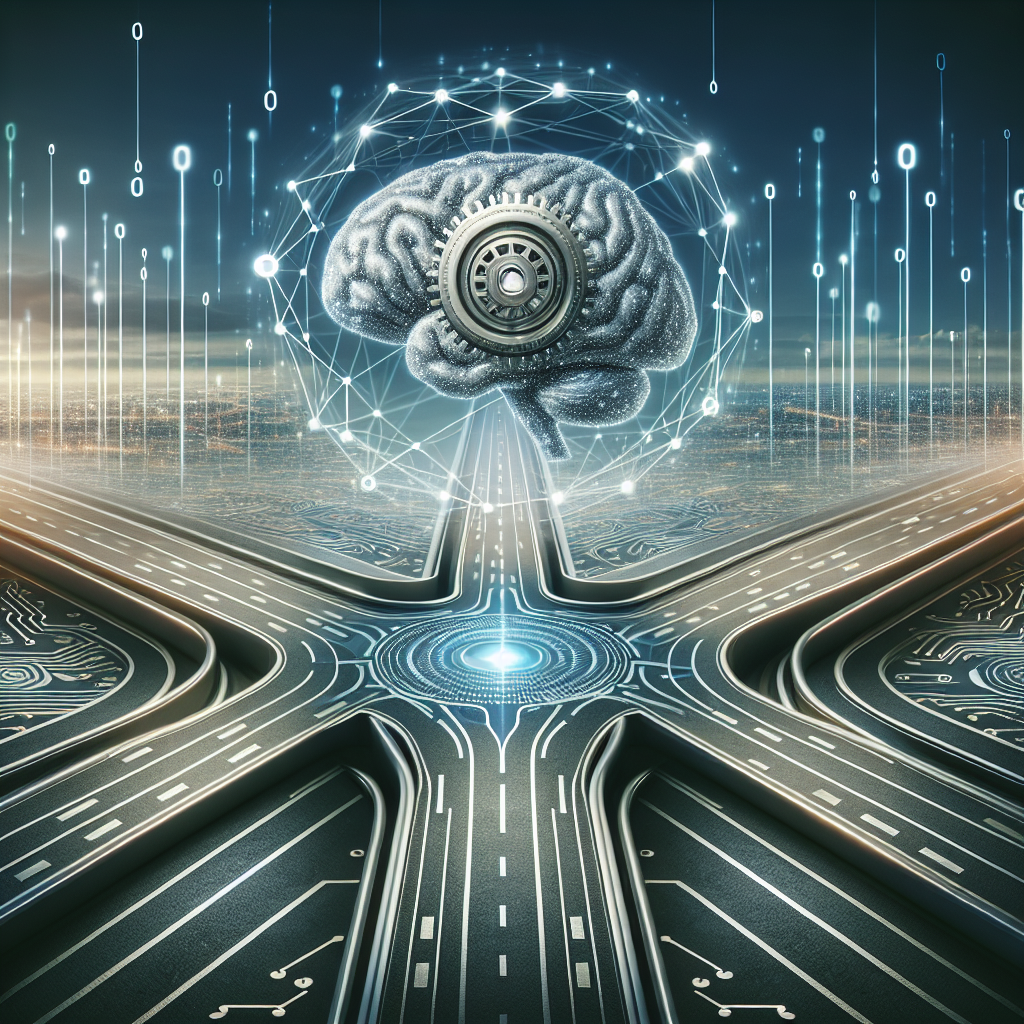The Intersection of AI and Machine Learning
Artificial Intelligence (AI) and Machine Learning (ML) are two of the most exciting and rapidly evolving fields in technology today. While they are often used interchangeably, they are actually distinct concepts that intersect in many ways. In this article, we will explore the intersection of AI and ML, how they complement each other, and the impact they are having on various industries.
What is Artificial Intelligence?
Artificial Intelligence is the broader concept of machines being able to carry out tasks in a way that we would consider “smart.” This includes everything from speech recognition to decision-making to visual perception. AI can be further divided into two categories: Narrow AI and General AI.
Narrow AI, also known as Weak AI, is designed for a specific task or set of tasks. It is the AI that we interact with on a daily basis, such as virtual assistants like Siri or Alexa, recommendation algorithms on streaming platforms like Netflix, and spam filters in our email inboxes.
General AI, also known as Strong AI, is the goal of creating a machine that can perform any intellectual task that a human can do. This level of AI does not yet exist, but researchers are working towards developing it in the future.
What is Machine Learning?
Machine Learning is a subset of AI that focuses on the development of algorithms that can learn from and make predictions or decisions based on data. Instead of being programmed explicitly to carry out a certain task, ML algorithms are trained using large amounts of data to recognize patterns and make predictions.
There are three main types of Machine Learning:
1. Supervised Learning: The algorithm is trained on a labeled dataset, meaning it is given input-output pairs to learn from. The goal is to make predictions on new, unseen data.
2. Unsupervised Learning: The algorithm is given data without labels and must find patterns or structure within it. Clustering algorithms are a common example of unsupervised learning.
3. Reinforcement Learning: The algorithm learns through trial and error by receiving feedback in the form of rewards or penalties. This is often used in training autonomous systems like self-driving cars.
How do AI and Machine Learning intersect?
While AI and Machine Learning are distinct concepts, they are closely related and often intersect in practice. Machine Learning is a key tool used in the development of AI systems, as it enables them to learn from data and improve their performance over time. In other words, Machine Learning is the engine that powers many AI applications.
For example, in the case of a virtual assistant like Siri, Machine Learning algorithms are used to understand and respond to user queries, improve speech recognition accuracy, and personalize recommendations. AI systems can also leverage Machine Learning to automate decision-making processes, optimize resource allocation, and detect anomalies or patterns in data.
The intersection of AI and Machine Learning is driving innovation across a wide range of industries, including healthcare, finance, retail, and manufacturing. In healthcare, AI-powered diagnostic tools are being developed to assist doctors in early detection and treatment of diseases. In finance, ML algorithms are used to predict stock prices, detect fraud, and automate trading strategies. In retail, AI-powered chatbots are being used to enhance customer service and personalize marketing campaigns. And in manufacturing, AI-driven robotics and automation are improving efficiency and safety in production processes.
What are the benefits of AI and Machine Learning?
The intersection of AI and Machine Learning offers a wide range of benefits for businesses and society as a whole. Some of the key advantages include:
1. Improved decision-making: AI systems can analyze vast amounts of data quickly and accurately, helping businesses make better decisions based on insights and predictions.
2. Increased efficiency: ML algorithms can automate repetitive tasks, optimize processes, and reduce human error, leading to greater efficiency and productivity.
3. Personalization: AI-powered systems can tailor recommendations, products, and services to individual preferences, enhancing the customer experience and driving sales.
4. Enhanced safety: AI can be used to detect and prevent security threats, identify anomalies in data, and improve safety in high-risk environments.
5. Cost savings: By automating tasks, reducing errors, and optimizing resources, AI and ML can help businesses save money and operate more efficiently.
FAQs
Q: What is the difference between AI and Machine Learning?
A: AI is the broader concept of machines being able to carry out tasks in a way that we would consider “smart,” while Machine Learning is a subset of AI that focuses on the development of algorithms that can learn from and make predictions based on data.
Q: How are AI and Machine Learning used in healthcare?
A: In healthcare, AI and Machine Learning are used to develop diagnostic tools, predict patient outcomes, personalize treatment plans, and improve operational efficiency.
Q: What are some examples of AI applications in everyday life?
A: Some common examples of AI applications in everyday life include virtual assistants like Siri and Alexa, recommendation algorithms on streaming platforms like Netflix, and spam filters in email inboxes.
Q: What are the ethical considerations of AI and Machine Learning?
A: Ethical considerations of AI and Machine Learning include issues such as bias in algorithms, privacy concerns, job displacement due to automation, and the impact on society as a whole.
Q: What is the future of AI and Machine Learning?
A: The future of AI and Machine Learning is likely to see continued advancements in technology, increased integration into various industries, and ongoing research into developing more advanced AI systems.
In conclusion, the intersection of AI and Machine Learning is driving innovation, efficiency, and personalization across a wide range of industries. As these technologies continue to evolve, businesses and society as a whole stand to benefit from their transformative capabilities. By leveraging the power of AI and Machine Learning, organizations can unlock new opportunities, improve decision-making, and drive competitive advantage in an increasingly digital world.

